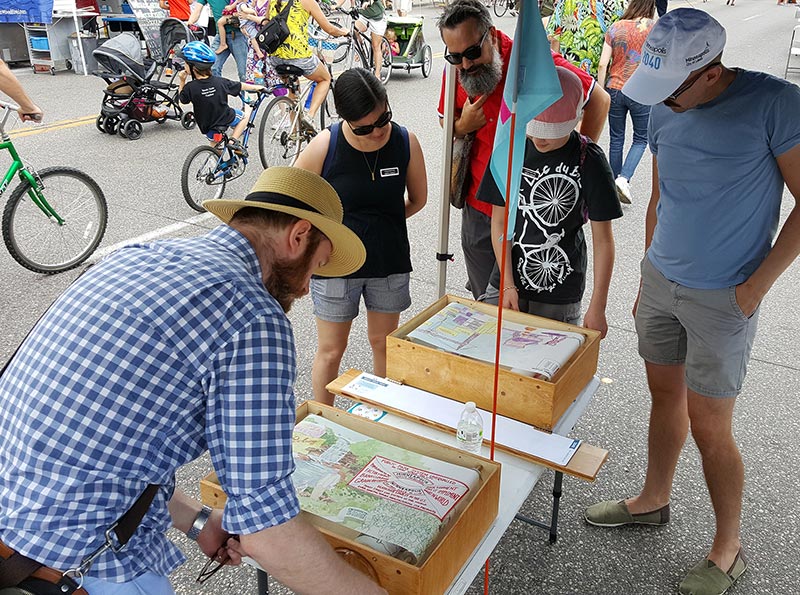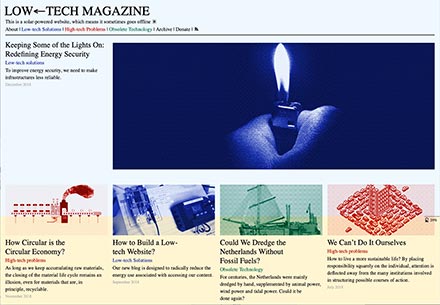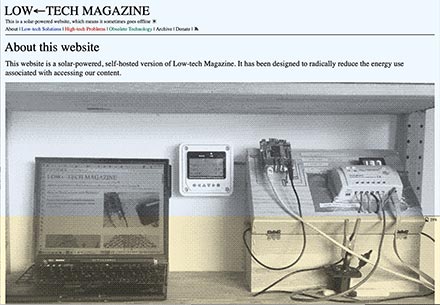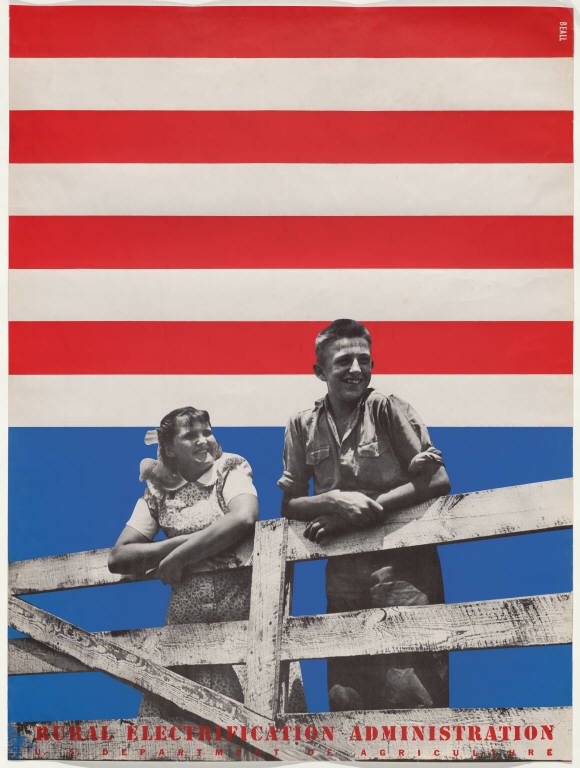Syllabus
GDES-270 fall 2020 (David Ramos, American University Design)
ramos@american.edu · office hours
Design for Understanding
Graphic design grew out of the applied arts, just about a hundred years ago. It emerged from commercial art, which helped merchants reach consumers, and printing and publishing, which connected readers with new ideas. More recently, an increasingly networked world brought interaction design, which shapes the interface between people and systems.
All of these approaches, though, share a key idea: that design involves a process of research, reflection, and making—making form* where there was no form before and, in parallel, making sense out of things that might not yet make sense. They also follow from the view that design can make a better world in ways large and small.
* Usually visual form—type, drawings, photographs, colors—but not at all exclusively so.
A lens on design, sustainability, and culture
Elizabeth Coleman speaks about design as “the art of organizing the world of things so that structures are compatible with the purposes they are meant to serve.”
Everyday design practice involves talking with people so as to understand their needs and thoughts, observing and reflecting the world, and working with tools to make artifacts and systems, and starting all over again in an iterative manner. You can apply this method to any purpose and any context. We’ll focus on applying these methods to the public interest—and more specifically, to problems in sustainability.
Design has a very mixed relationship with the public interest. The field’s link to the arts give designers permission to make work with a personal voice, suffused with poetry and perhaps deeply principled. Much design practice, though, tends toward the amoral. Thirty-three leading designers call the field out for this in First Things First 2000:
Commercial work has always paid the bills, but many graphic designers have now let it become, in large measure, what graphic designers do. […] There are pursuits more worthy of our problem-solving skills. Unprecedented environmental, social and cultural crises demand our attention.
Yet there is a long and growing tradition of design in the public interest, and that mode of practice will become ever more important as we approach ecological limits.
The fall 2020 semester opens with the world in the grip of a history-making pandemic. The summer saw the U.S. rocked by protests for racial justice, and the coming election has already taken unprecedented turns.
Meanwhile, the climate emergency continues. We see crushing droughts and storms, fires, failing crops and failing ecosystems, mass extinctions, and a surge in sea levels—though both natural systems and human responses hold promise. We’ve got to learn how to design for planetary boundaries.

In Minneapolis, a new comprehensive plan addresses past inequities, and design and storytelling helped build a better process. Molly Van Avery and Mike Hoyt created crankies that communicate the city’s planning history in an accessible, approachable way. (Image from Minneapolis 2040 plan site).
James Corner writes about the potential of design (“Thinking Big: Design with Nature Culture,” in Design with Nature Now):
There is still an enormous reservoir of untapped creativity related to the interface between ecology and culture, and most of this belongs to the world of design. Humanity continues to propagate new forms, new ideas, and new ways of being; it is just a question of sparking the imagination and inspiring collective aspiration.
These sections of GDES-270 introduce the core tools and techniques of design, applying them to questions of sustainability: how can design help create cultures that are more sustainable and more just?


Designing within finite resources. The solar-powered version of Low-tech Magazine .
Learning outcomes
Catalog description
In this course students develop creative thinking strategies, produce creative works, and discuss issues pertaining to formal, technical, and cultural considerations of design. Students develop fluency in the principles of visual language to form a basis of aesthetic judgment and develop methods of analysis and inquiry for creative thinking as well as becoming familiar with graphic principles, tools, and techniques. The course combines in-studio practice with class critiques of work, software tutorials, and supporting lectures. AU Core Habits of Mind: Creative-Aesthetic Inquiry.
Learning outcomes
Students will be able to:
- Discuss the difference between effective and ineffective visual communication via critique.
- Recognize the cultural, social, and economic influence and value of graphic design both historically and in everyday life.
- Become competent in the use of essential digital and manual graphic design tools to create expressive works of design.
- Create conceptually-rich pieces of graphic design by invoking techniques to stimulate ideation and creative thinking.
- Understand and manipulate the meaning-making relationship between text and image.

In this course, you will cultivate the following Habits of Mind:
- Identify and describe acts, practices, and products of artistic and other creative expressions or of aesthetic interpretations and discuss how they reflect, respond to, or shape their many contexts.
- Describe and analyze the formal and structural components of artistic and other creative expressions in at least one discipline or domain, or across a range of disciplines or domains.
- Engage in or with creative processes, which could include constructing meaning through the practices and products of artistic or other creative expressions, interpreting the meaning of artistic or creative expressions, practicing divergent thinking, or assessing the aesthetic value of artistic or other creative expressions.
Structure and time
This course is organized around a series of projects. Everything we do—reading, demonstrations, discussion, critiques, and studio work—enables, supports, or responds to those larger projects.
The in-person version of this class meets for five hours a week, but about half of that time is studio/lab.
For fall 2020, this course will run in a synchronous, online format. We’ll meet using a combination of Zoom (for video chat) and Miro (as an online whiteboard).
The in-person version of this class meets for 5 hours a week, but about half of that time is studio/lab. For this online format, you should budget at least 7.5 hours a week (in total) for class meetings, homework, and reading. Note that online courses require even more reading and video-watching than in-person classes.
Section 001 (Tuesday/Friday)
We’ll have required class meetings via Zoom on Tuesdays. The Friday meeting slot will be available for small group meetings and individual consultations.
Section 003 (Wednesday)
We’ll have required class meetings via Zoom during a long block on Wednesdays. The second half of class will be available for small group meetings and individual consultations.
Date and time
All dates and times are Washington, D.C. local time.
Materials and reading
This course uses assigned readings, available on the course website or through Blackboard. There is one required textbook:
Lupton, Ellen. Design Is Storytelling. Second edition. New York, N.Y.: Cooper Hewitt National Design Museum, 2017. ISBN: 194230319X.
Supplies and equipment
The design program will provide you with kits containing:
- Sharpies, ultra-fine point, fine point, and chisel point
- Mechanical pencil, 0.5 mm
- Technical drawing pen set
- Tracing paper pad
- Sketching pencil set, with sharpener and eraser
- Sketchbook
You’ll need to provide:
- Desktop or laptop computer, with any operating system, that will work with the required tools. (A tablet probably isn’t going to work well.)
- Internet connection that’s fast enough for videoconferencing
- Digital camera, or a mobile device with a camera
- Glue, gluesticks, or transparent tape
- Scissors or a craft knife
- Scrap paper or discarded boxes
Software and collaboration tools
- This website is your main source for information. The schedule, assignments, and most course information will be published here. Bookmark this site.
- Our synchronous (real-time) video meetings will take place on Zoom.
- Figma will be our main drawing tool. Accounts are free for students.
- We’ll use Miro for visual comments during discussions and critiques. Accounts are free for students, but you won’t need to sign up.
- You’ll turn in work and receive grades on Blackboard §001/§003 . Some copyrighted reading will be posted there, but noted on the schedule on this site.
- You are welcome to use Illustrator, Photoshop, Inkscape, InDesign, or other drawing, page layout, and image-editing tools, experimenting and learning on your own.

The EcoTaster is a disposable, paper spoon for food samples, meant to replace non-recyclable plastic spoons. The paper spoons are lighter and more compact than plastic, saving on energy use in shipping, and the wood pulp comes from sustainably managed forests. (The company claims that these spoons are compostable and recycleable, though that may not be achievable in practice.)
Contact information and office hours
The best way to reach me is through email (ramos@american.edu); I typically check email on weekday mornings.
We can meet by Signal, Google Hangouts, or Zoom. Sign up for an appointment on youcanbookme. If you’d like to talk outside those hours, send me an email and suggest a time.
Policies and expectations
Grading
Grades take into account the critical, innovative, and analytical thought that goes into projects, the thoroughness of the design process, the quality of writing and analysis, and the craft and skill that go into products.
Process and iterative development are at the center of this course. Keep designing steadily through the semester, and show your work in critiques. Any project that your instructor has not seen in progress will receive a failing grade.
Projects are generally due at the beginning of class, though you may resubmit work at any point through the last class.
The final grade is calculated as follows (values may change over the semester):
- Mapping: 5%
- Graphic translation: 10%
- Type flyer: 10%
- Packaging redesign: 32%
- Issue poster: 32%
- Designer series: 5%
- Postcard series: 6%
Participation (notably strong or notably poor) will alter the final grade by between –4% and +4%.
Grading scale
- A/A- 100–90 (“Wow”) This grade indicates work which is clearly superior. It does not mean “satisfactory” or “adequate.” Do not expect to receive an “A” without investing considerable effort, time, and discipline.
- B+/B/B- 89–80 (“Good”) This grade indicates work that is more than merely satisfactory, reflecting strong understanding of the material.
- C+/C/C- 79–70 (“Okay”) This grade indicates work which is merely competent, adequate, and satisfactory. Such work reflects understanding of most of the material covered.
- D 69–60 (“Bad”) This grade indicates work which is unsatisfactory, not competent, or inadequate in terms of presentation or fulfilling the assignment.
- F below 60 This grade is assigned for failure to complete an assignment in a timely and competent manner.
Attendance and the classroom
Come to class, on time. It is better to show up late than not to arrive at all. You can miss one class, for any reason, without penalty. Additional absences or missed class time will count against your course grade; final grades drop by 4% for each unexcused absence.
Grounds for excused absences are illness, religious observances, family emergencies, and military or jury service. You do not need to provide a note, but email me to let me know that your absence is excused.
In the classroom, conduct yourself professionally, in a way that shows respect for your fellow students, your instructor, and the material. Do not record audio or video; if you need a recording as an accommodation, ask me for one.
Citations and academic integrity
You’ll need to provide citations for every piece of work that you didn’t make yourself. This includes text, images, ideas, and code. Tell us where you got every image that you edited, every image that you traced, and even every image that you merely used as a reference for your own drawing.
When you turn in the files for a project, include a list of citations in a separate document. You need not adhere to any particular citation format (though consider the Chicago Manual of Style). Whatever you do, your instructor must be able to identify the material and find the original. If you have a web address, provide it.
An example citation:
My drawing of a bird is traced from a freely licensed
photo by John Cobb, on Unsplash.
https://unsplash.com/photos/mk2USqDQE5E
Try making your own images and photographs. You will learn more, and the results are likely to be more original.
Standards of academic conduct are set forth in the university’s Academic Integrity Code. See your instructor if you have questions about academic violations described in the code, as they apply in this course.
University policies
Certain other, university-wide policies are especially relevant to this course.
Support services
American University offers an array of support services for academic and personal needs. If you’re facing difficulties that might affect your performance in this course, please get in touch with someone in one of these offices. You’re always welcome to let me know, too.

